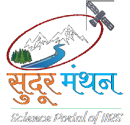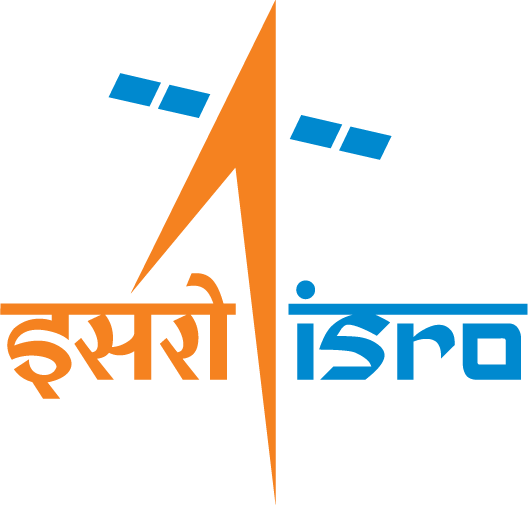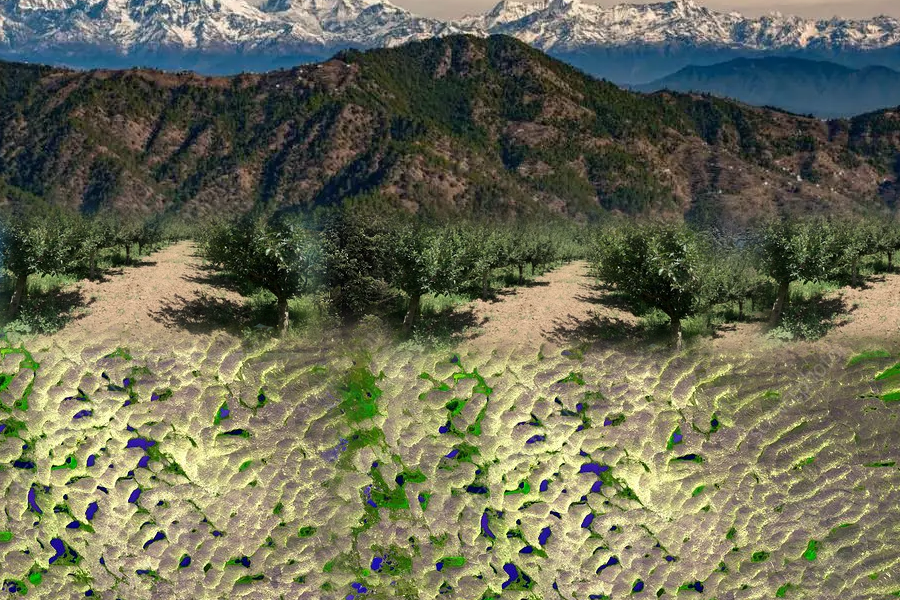Dipanwita Haldar and Suresh Kumar
Medium resolution SCANSAR (MRS) data 18m pixel spacing has served as work horse for field crop monitoring during 2012-2016 during RISAT-1 timeframe and 2022 onwards in RISAT-1A particularly for predominant kharif crops’s monitoring. This dataset is being systematically acquired over the entire Indian subcontinent in descending node. During the overcast sky in the northern India, wheat- mustard growing belt, the growing season is often visited by Western disturbances. Also during retreating monsoon in Tamil Nadu (paddy is the predominant crop), all these are in winter months (November to March), still the monitoring again heavily relies on the MRS data: often regarded as the workhorse in Indian crop monitoring.
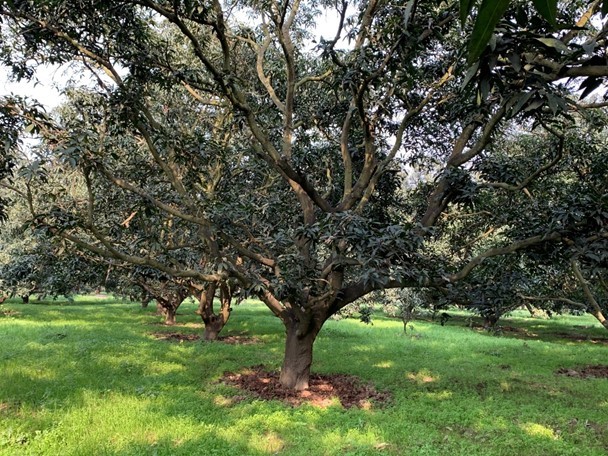
Figure 1– Managed orchard plantations in Syana, Bulandshr, Uttar Pradesh, India
The potential of these data has been tapped for mapping and monitoring orchards due to its penetration in the canopy medium as well as structure/geometry sensitivity, attributed solely to the highly penetrating data. Much work were not reported for orchards and plantation crop utilizing our Indian Radar data.
Orchard discrimination and mapping: The contrast of the orchards patched with the surrounding crops is well captured by the 3-date HH polarized backscatter during the fruiting and ripening season with surrounding wheat crop fields in harvest stage (fig2a). With crop harvest and the onset of monsoon by mid of July the surrounding crop fields appear bright (high antecedent soil moisture particularly in the upper surface) resulting in overall bright tone, loosing the contrast in orchards vs crop fields (fig 2b). Thus texture and tone based classification particularly the object based approach, precise segmentation entails for proper choice of temporal data in orchards and Agroforestry applications particularly when using RADAR data.
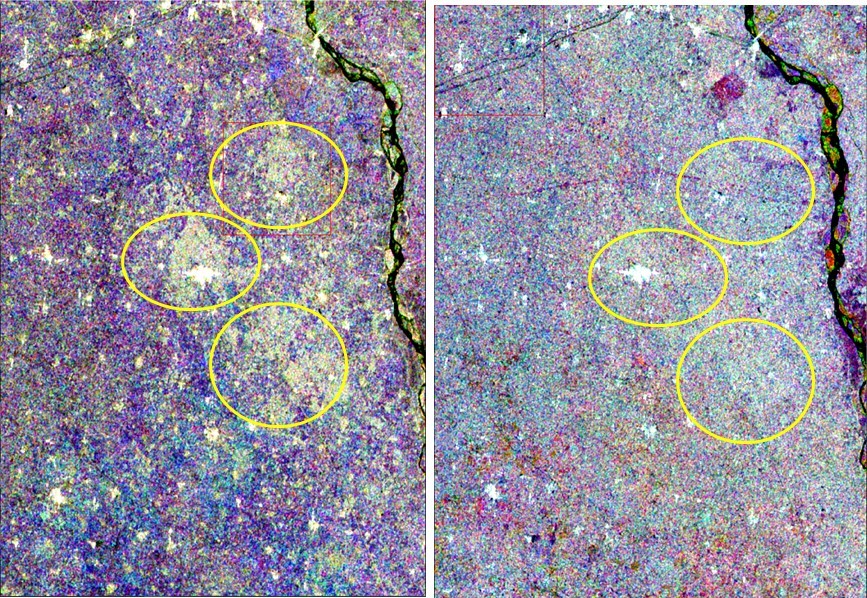
Figure 2– Syana mango orchards as viewed by RISAT-1A on a) LHS: 4 April-21April- 25 May 2022 (fruit bearing season) and b) RHS 25 May-28June -15July 2022(harvest complete). The yellow ovals demarcate large extent of orchard patches.
The EOS-4 FRS-1 data high resolution (2.25m) is generally acquired opportunistically in the ascending node without disturbing the systematic acquisitions. Fig.3 illustrates how this data is capable in clearly distinguishing the young orchard patches from the old ones. The former appears as circular compact canopy while the later is open and sparse canopy( fig 3), more number of branches with relatively darker green vegetation. This dataset in quad polarization mode (HH-HV-VH-VV) as seen in fig 3 (R:HH, G:HV and B:VV) has immense potential for biomass monitoring, orchard health monitoring particularly from the fully-polarised Radar Vegetation Index. The Radar Vegetation index was found sensitive to the orchard age groups reinstating the above described canopy architecture. This temporal dual-pol/polarimetric data, aids in precise phenology monitoring of surrounding crops and orchards. Also field level biomass monitoring and soil moisture is being explored using the above dataset which will definitely address Precision Agriculture for high value crops.
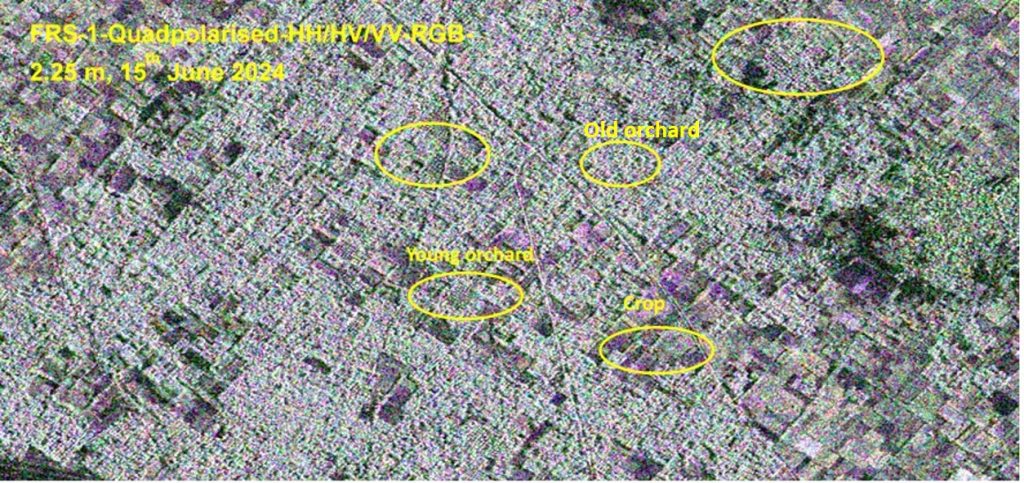
Figure 4- Young and old orchards as observed in High Resolution FRS-1 Quad-polarised data HH/HV/VV as RGB
